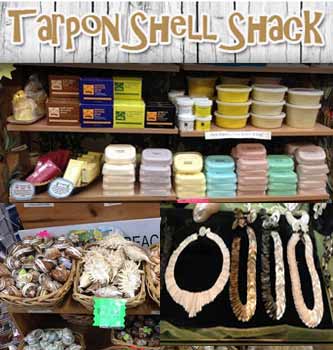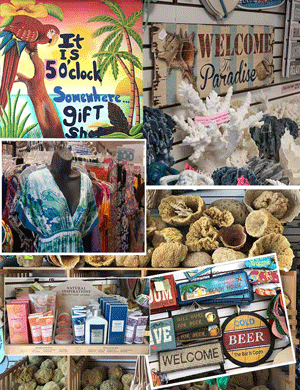Anclote, an island on the southwest coast of Florida; also, a river flowing into the gulf at that locality dates back to early Spanish times. The Spaniards called these islands Cabo de Anclote because ships had to use a kedge to winch their way through the shallow water or the winding channels. And early French sailors called the islands Cap d’Anclote, which, of course, has the same meaning as Cabo de Anclote.
After the close of the Civil War, Frederic Meyer in 1867 settled at Anclote about one and one half miles north of the river, about 100 yards west of the Anclote cemetery. He was later followed a few months later by his brother, Franklin B. Meyer.
At the Anclote river mouth, a historian has it that there exist a clear sparkling spring only 25 feet from the beach where early buccaneers watered their ships and it’s called the “Spanish Well”. The “Spanish Well” was discovered by Vasco da Gama and Pinida early in the 16th century.
Tarpon Spring did not exist until about 1875, so Tampa was the closest town that was only accessible through the forest. But Tarpon Springs became a city when the railroad was built through it and ended the dream of Anclote continuing to grow as the main community.
Today, Anclote is a center for vacationer with its quiet shady streets and its people are satisfied with picnics, fishing and sailing their boats in the gulf and fishing down the river.
The river is endowed with sawgrass marshes, sea oats, and mangroves and is one of few unspoiled lands in our coastal area.
On the gulf side of the island is a beautiful, unspoiled white sand beach stretching from the northern end all the way to the southern tip. On both the northern and southern extreme ends of the island are shallow areas that are constantly shifting due to currents and hurricanes.
The natural flora and fauna of Anclote is unique. There are ponds in the woods that have phosphorescent algae that literally glows in the dark. As you traverse across the Anclote River numerous trees like oak, bay, magnolia, palmetto, and palm are adorned by yellow Jasmin, Spanish moss, and air plants. This natural work of art gets reflected on the clear waters of the river, along the shores, to make for a truly captivating sight.
As you pass across the clear waters you might see alligators sunbathing on the sandy banks or on dry logs, sometimes rapidly moving into the waters. You will see animals such as turtles, an eclectic array of large fishes in their underwater habitat, and different kinds of birds such as cranes, herons and other colorful birds, singing and playing, both above you and wading in crystal waters of this peaceful sanctuary.
The Anclote River is of great historical and natural importance. It has been on the maps since the mid-1500s. The river passes through the northern boundaries of Tarpon Springs, Florida, and eventually flows into the Gulf of Mexico. It makes its way from deep remote sources and across miles of elevated banks that are lush with tropical foliage. We do not allow guests to take any live shells on our boat.





